The hormone, which is well known for regulating appetite, appears to influence neuronal development—a finding that could shed light on disorders such as autism that involve dysfunctional synapse formation.
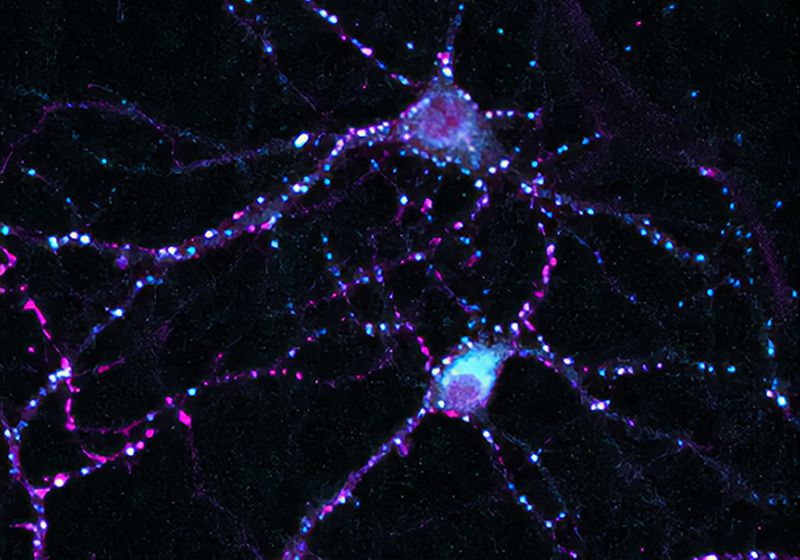

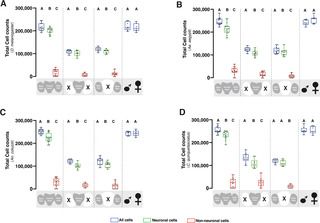
Various insect species serve as valuable model systems for investigating the cellular and molecular mechanisms by which a brain controls sophisticated behaviors. In particular, the nervous system of Drosophila melanogaster has been extensively studied, yet experiments aimed at determining the number of neurons in the Drosophila brain are surprisingly lacking. Using isotropic fractionator coupled with immunohistochemistry, we counted the total number of neuronal and non-neuronal cells in the whole brain, central brain, and optic lobe of Drosophila melanogaster. For comparison, we also counted neuronal populations in three divergent mosquito species: Aedes aegypti, Anopheles coluzzii and Culex quinquefasciatus. The average number of neurons in a whole adult brain was determined to be 199380 ±3400 cells in D. melanogaster, 217910 ±6180 cells in Ae. aegypti, 223020 ± 4650 cells in An. coluzzii and 225911±7220 cells in C. quinquefasciatus. The mean neuronal cell count in the central brain vs. optic lobes for D. melanogaster (101140 ±3650 vs. 107270 ± 2720), Ae. aegypti (109140 ± 3550 vs. 112000 ± 4280), An. coluzzii (105130 ± 3670 vs. 107140 ± 3090), and C. quinquefasciatus (108530 ±7990 vs. 110670 ± 3950) was also estimated. Each insect brain was comprised of 89% ± 2% neurons out of its total cell population. Isotropic fractionation analyses did not identify obvious sexual dimorphism in the neuronal and non-neuronal cell population of these insects. Our study provides experimental evidence for the total number of neurons in Drosophila and mosquito brains.
Citation: Raji JI, Potter CJ (2021) The number of neurons in Drosophila and mosquito brains. PLoS ONE 16: e0250381. https://doi.org/10.1371/journal.pone.
Editor: Matthieu Louis, University of California Santa Barbara, UNITED STATES.
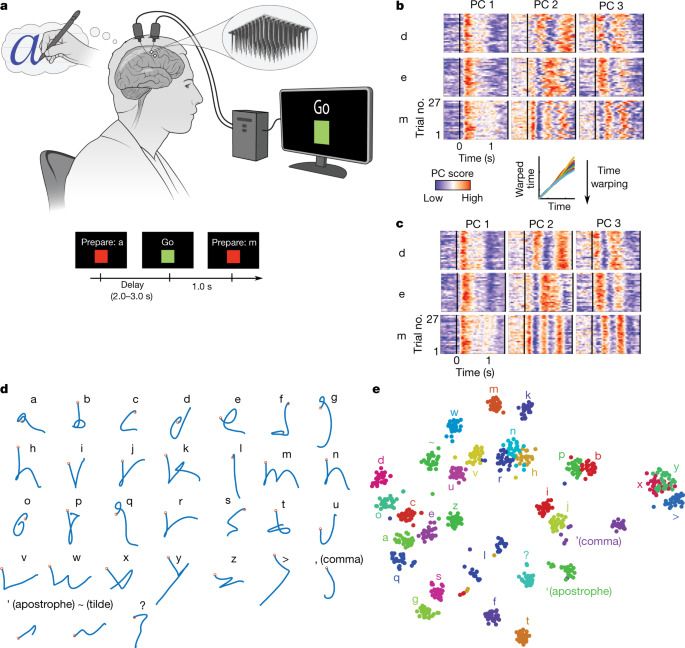
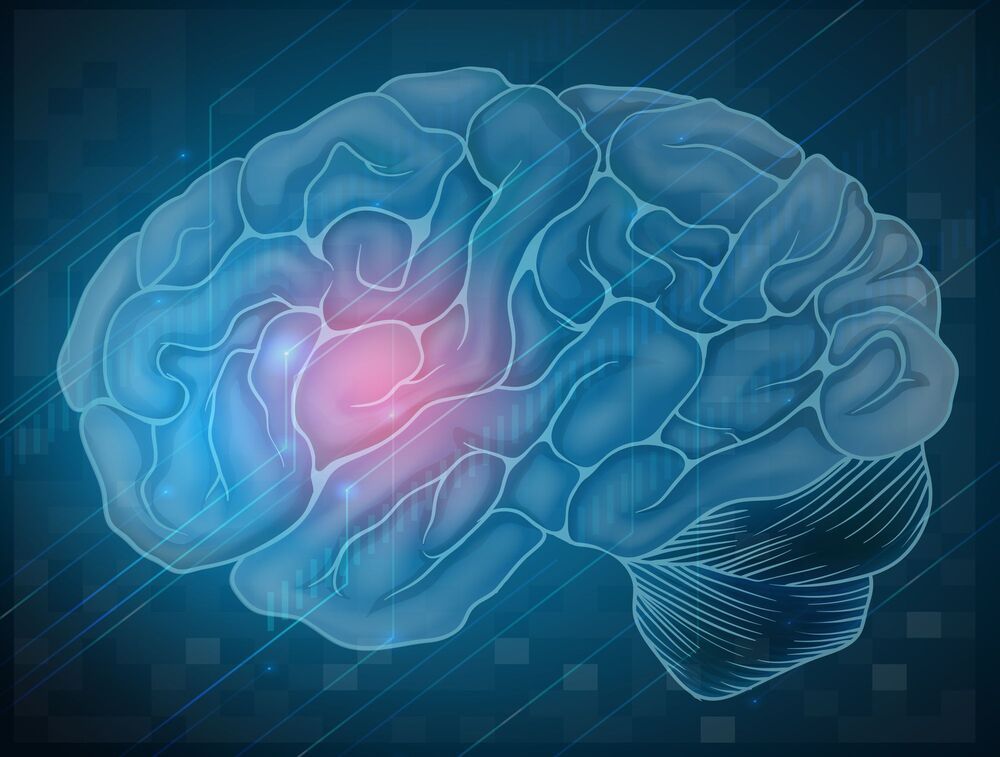
Some of the most devastating health effects of a stroke or heart attack are caused by oxygen deprivation in the brain. Now, researchers at Massachusetts General Hospital (MGH) have identified an enzyme that may naturally protect the brain from oxygen deprivation damage, which could be a potential drug target to prevent issues arising from strokes or heart attacks.
Like many scientific breakthroughs, the new discovery came about while investigating something else entirely. The team was looking into a study from 2005 that found that a state of “suspended animation” could be induced in mice by having them inhale hydrogen sulfide. In the new study, the researchers set out to investigate the longer-term effects of that exposure.
The team exposed groups of mice to hydrogen sulfide for four hours a day, for five consecutive days. The suspended animation-like state followed, with the animals’ movement slowing and body temperatures dropping.
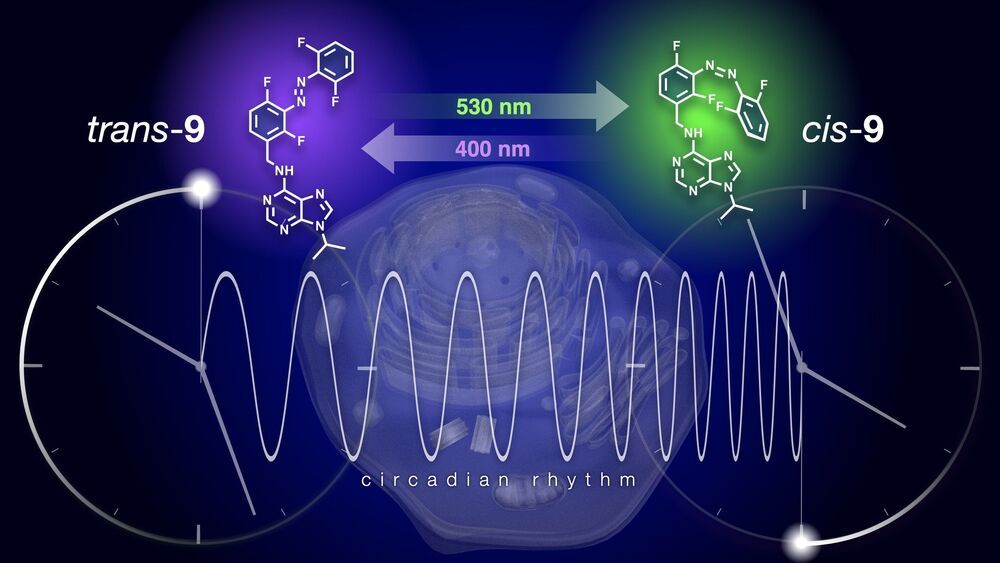
The biological clock is present in almost all cells of an organism. As more and more evidence emerges that clocks in certain organs could be out of sync, there is a need to investigate and reset these clocks locally. Scientists from the Netherlands and Japan introduced a light-controlled on/off switch to a kinase inhibitor, which affects clock function. This gives them control of the biological clock in cultured cells and explanted tissue. They published their results on 26 May in Nature Communications.
Life on Earth has evolved under a 24-hour cycle of light and dark, hot and cold. “As a result, our cells are synchronized to these 24-hour oscillations,” says Wiktor Szymanski, Professor of Radiological Chemistry at the University Medical Center Groningen. Our circadian clock is regulated by a central controller in the suprachiasmatic nucleus, a region in the brain directly above the optic nerve, but all our cells contain a clock of their own. These clocks consist of an oscillation in the production and breakdown of certain proteins.
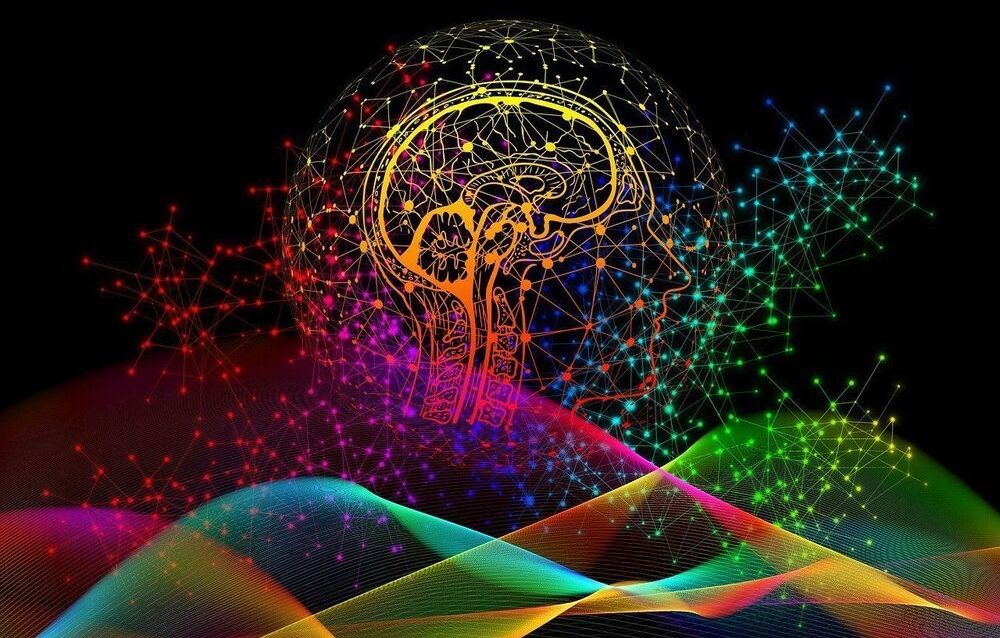
Summary: A “flicker treatment” that uses flickering lights and sounds has been shown to be tolerable, safe, and effective in treating adults with mild cognitive impairment.
Source: Georgia Tech.
For the past few years, Annabelle Singer and her collaborators have been using flickering lights and sound to treat mouse models of Alzheimer’s disease, and they’ve seen some dramatic results.

Summary: The reactivation of learned material during slow oscillation/sleep spindle complexes, and the precision of SO-spindle coupling predicts how strong a memory will be reactivated in the brain.
Source: University of Birmingham.
While we sleep, the brain produces particular activation patterns. When two of these patterns – slow oscillations and sleep spindles – gear into each other, previous experiences are reactivated. The stronger the reactivation, the clearer will be our recall of past events, a new study reveals.

Summary: A new algorithm that uses data from memory tests and blood samples is able to accurately predict an individual’s risk for developing Alzheimer’s disease.
Source: Lund University.
Researchers at Lund University in Sweden have developed an algorithm that combines data from a simple blood test and brief memory tests, to predict with great accuracy who will develop Alzheimer’s disease in the future.
Senior director, milken institute center for the future of aging, milken institute; executive director, alliance to improve dementia care.
Nora Super is the Senior Director of the Milken Institute Center for the Future of Aging (CFA) (https://milkeninstitute.org/centers/center-for-the-future-of-aging) and the Executive Director of the Milken Institute Alliance to Improve Dementia Care (https://milkeninstitute.org/centers/center-for-the-future-of…tia-care).
Mr. Super provides strategic direction for the two primary focus areas of CFA: Financial Wellness and Healthy Longevity, and oversees data-driven research, meaningful policy initiatives, and impactful convenings around the world.
Launched in 2020, the Alliance to Improve Dementia Care seeks to transform and improve the complex health and long-term care systems that people at risk for and living with dementia must navigate.
Ms. Super studied political science at Tulane University and completed her master’s degree in public administration, with a concentration in health policy, at George Washington University, and is a respected thought leader, frequent speaker, and prolific writer on healthy longevity and the economic and social impact of global population aging. In 2019, she authored two major reports: “Reducing the Cost and Risk of Dementia: Recommendations to Improve Brain Health and Decrease Disparities” and “Age-Forward Cities for 2030.”
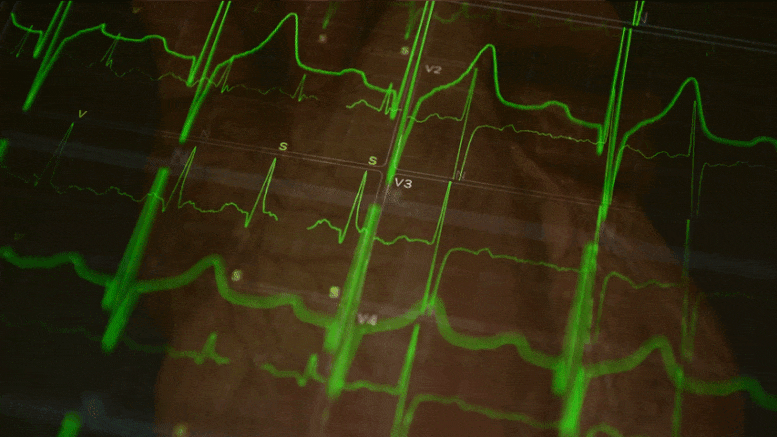
Researchers identify a mechanism that could lead to new treatments for brain injuries caused by oxygen deprivation.
In a surprising discovery, researchers at Massachusetts General Hospital (MGH) identified a mechanism that protects the brain from the effects of hypoxia, a potentially lethal deprivation of oxygen. This serendipitous finding, which they report in Nature Communications, could aid in the development of therapies for strokes, as well as brain injury that can result from cardiac arrest, among other conditions.
However, this study began with a very different objective, explains senior author Fumito Ichinose, MD, PhD, an attending physician in the Department of Anesthesia, Critical Care and Pain Medicine at MGH, and principal investigator in the Anesthesia Center for Critical Care Research. One area of focus for Ichinose and his team is developing techniques for inducing suspended animation, that is, putting a human’s vital functions on temporary hold, with the ability to “reawaken” them later. This state of being would be similar to what bears and other animals experience during hibernation. Ichinose believes that the ability to safely induce suspended animation could have valuable medical applications, such as pausing the life processes of a patient with an incurable disease until an effective therapy is found. It could also allow humans to travel long distances in space (which has frequently been depicted in science fiction).